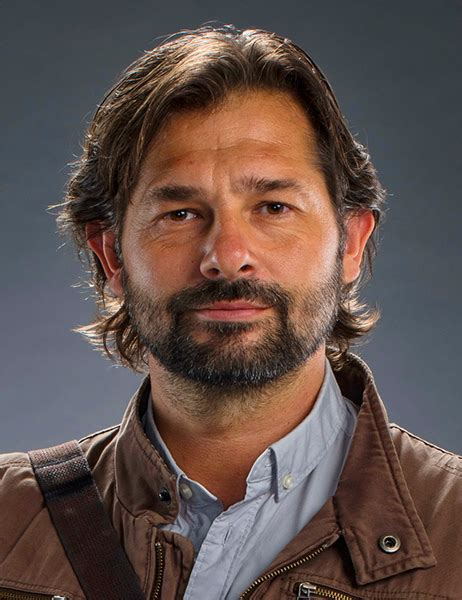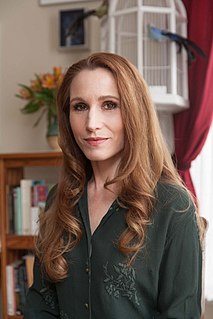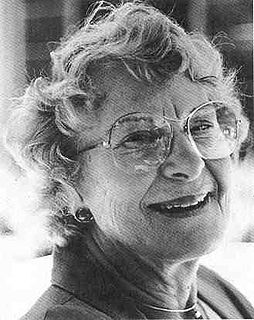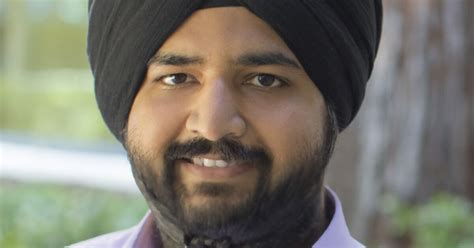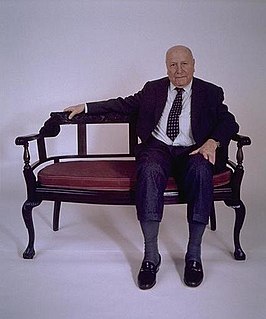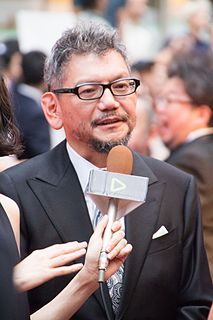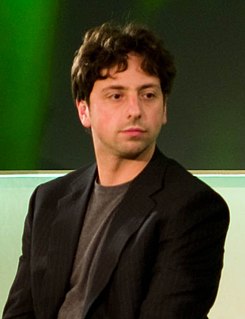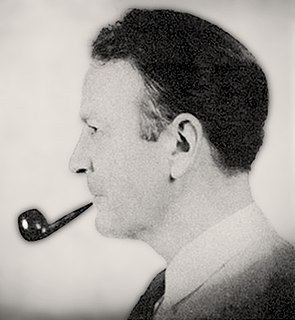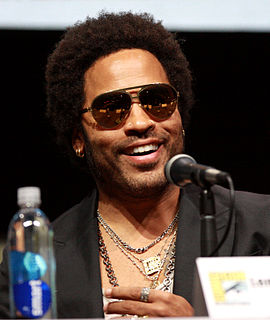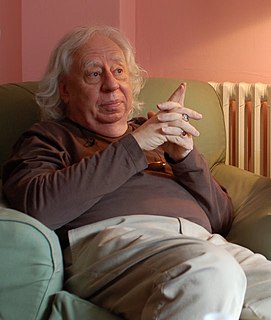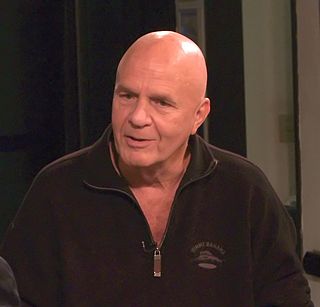A Quote by Daniel Berehulak
At Getty, I would have 20 different options for the same kind of event rather than focusing on the one image that will summarize the story.
Related Quotes
Writing two stories [in the Thorn and the Blossom] about the same set of events that were complete stories in themselves, but also added up to a larger story. As I was writing them, I kept going back and forth, because something would happen in one story that would have to be reflected in the other story. And yet the same event would also have to be perceived in different ways by Brendan and Evelyn, because they are different people with their own interpretations.
Eva is a story of repetition. It is a story where our protagonist faces the same situation many times over and determinedly picks himself back up again. It is a story of the will to move forward, even if only a little. It is a story of the resolve to want to be together, even though it is frightening to have contact with others and endure ambiguous loneliness. I would be most gratified if you found enjoyment in these four parts as it takes the same story and metamorphoses it into something different.
We are focused on features, not products. We eliminated future products that would have made the complexity problem worse. We don't want to have 20 different products that work in 20 different ways. I was getting lost at our site keeping track of everything. I would rather have a smaller set of products that have a shared set of features.
I would let the military commanders give the commander in chief options rather than tell them what you want to hear. Not having gotten those options, I can't tell you if we are going to have boots on the ground but certainly, a more expanded role for the special operators would be essential. And being more effective in strikes as it is relates to the air.
You have to find a way of shutting the future out and focusing on the writing. One of the problems I'll have with writing my second book is getting back into a situation where I think about the words on the page rather than the publishing industry, or success, or any kind of readership I may now have. I'll have to do what writers do, which is focus on the story and nothing else.
The average detective story is probably no worse than the average novel, but you never see the average novel. It doesn't get published. The average -- or only slightly above average -- detective story does.... Whereas the good novel is not at all the same kind of book as the bad novel. It is about entirely different things. But the good detective story and the bad detective story are about exactly the same things, and they are about them in very much the same way.
If you interview five people about the same incident, and you see five different points of view, it makes you know what makes history so complicated. Something doesn't just occur. It's not like a scientific event. It's a human event. So the dimensions of it will be seen differently by different people.
Everything that you are against works against you. Everything that you are against can be restated in a way that puts you in support of something. When you are able to state what you are for rather than what you are against, you are focusing on the potential for positive change. Once that is in place, you will find whatever you are focusing on expanding.
